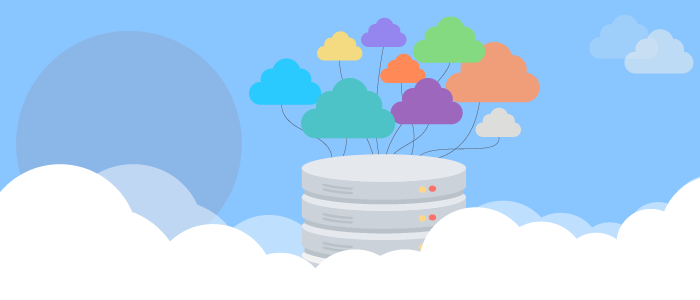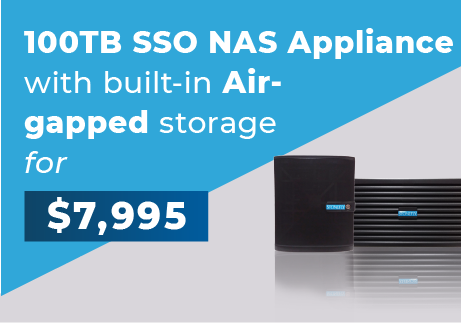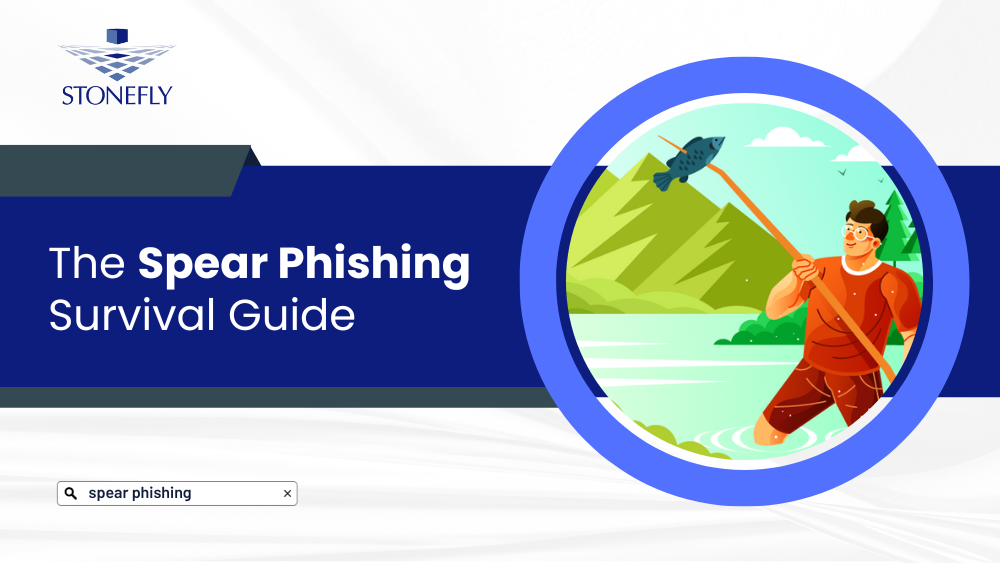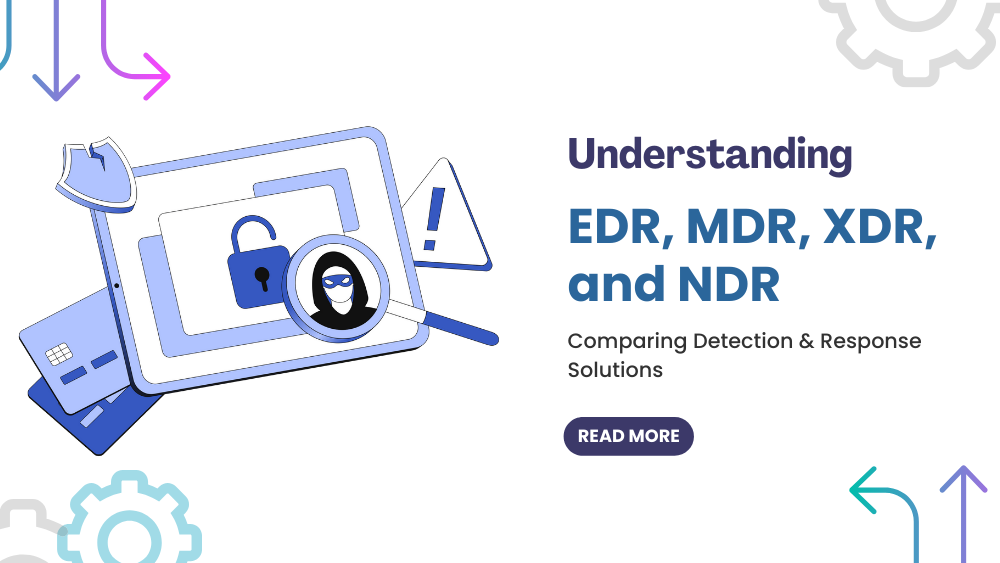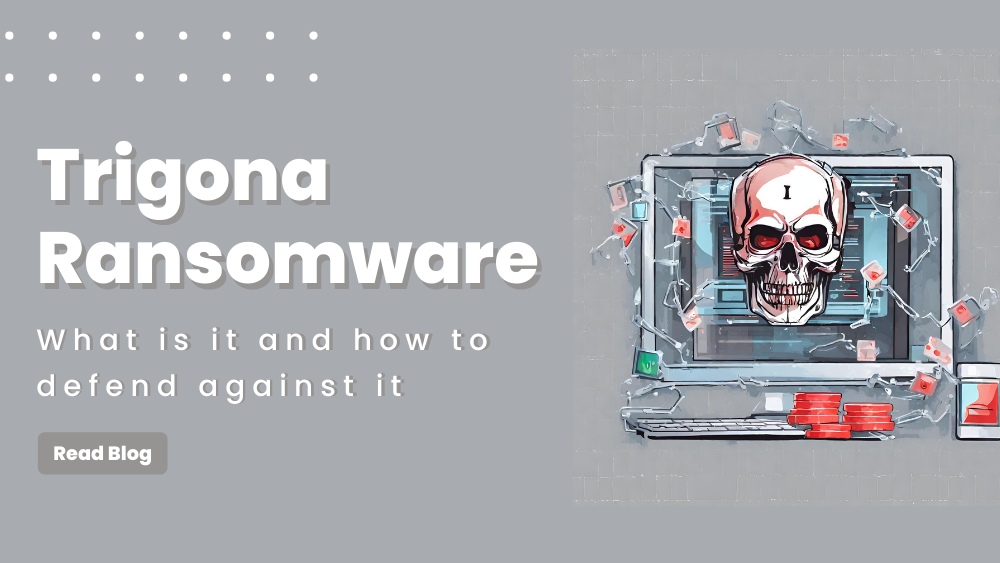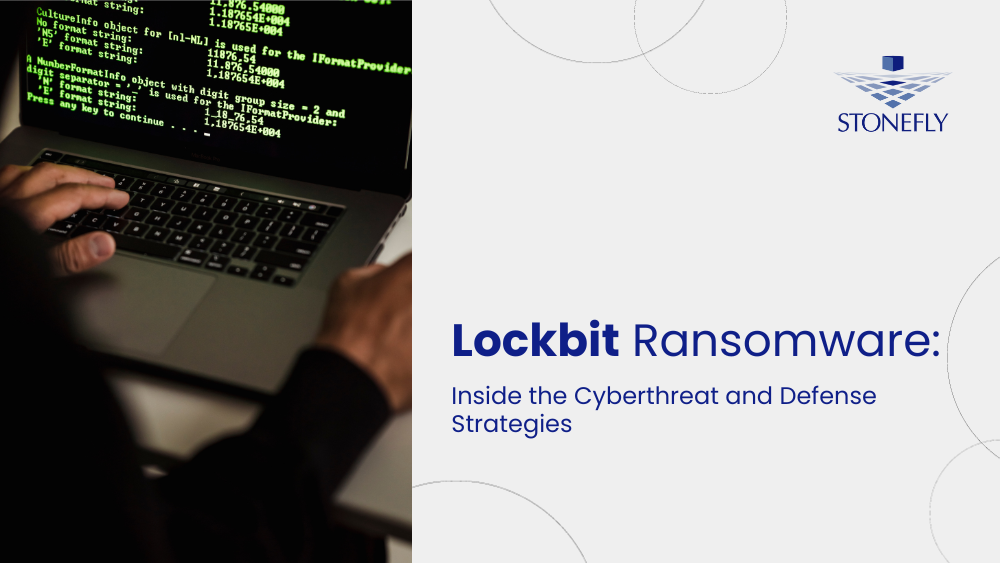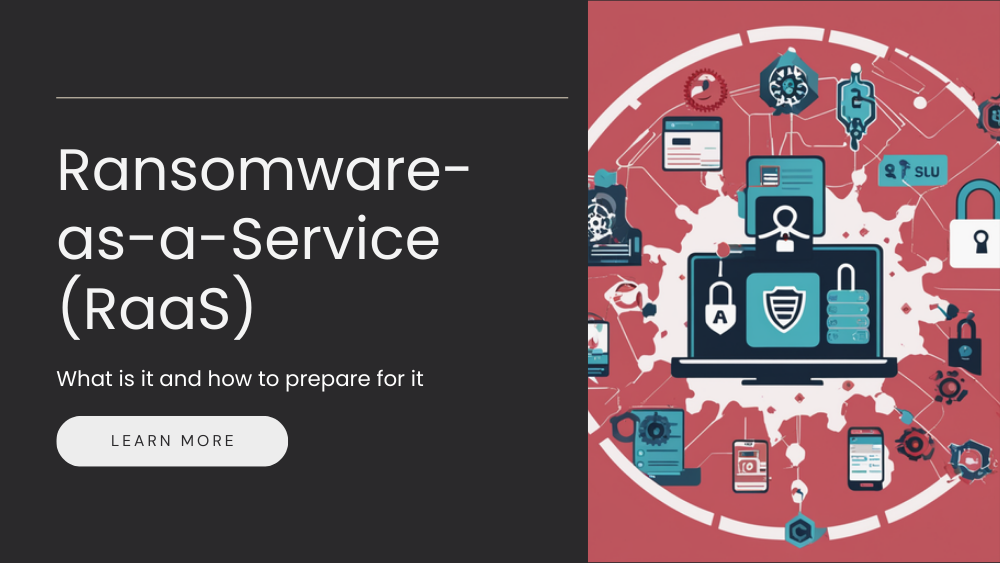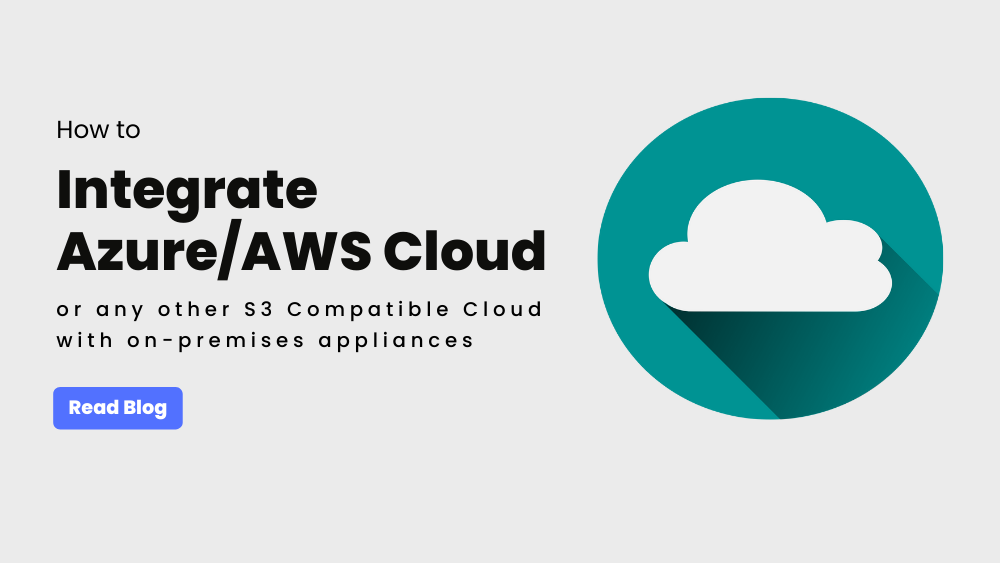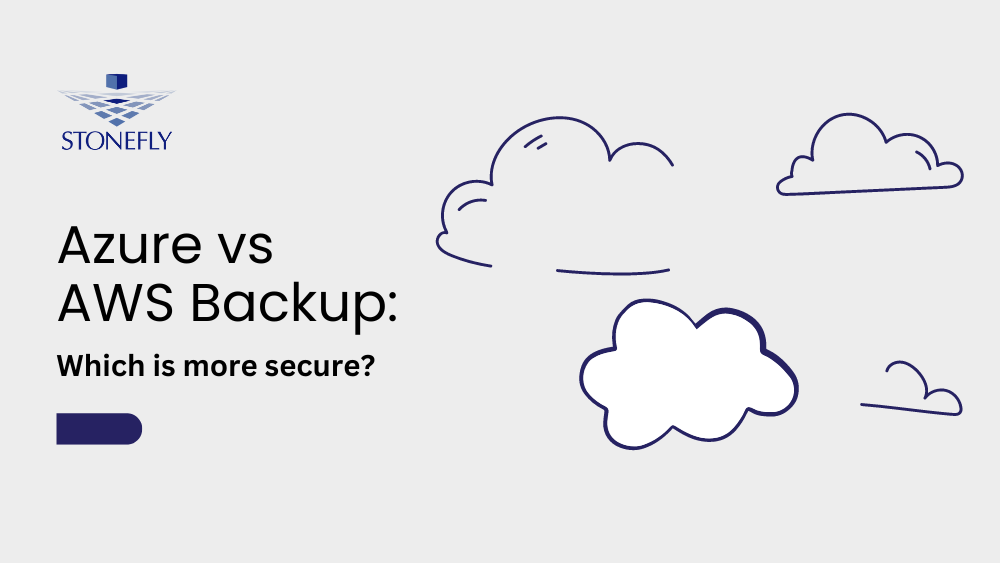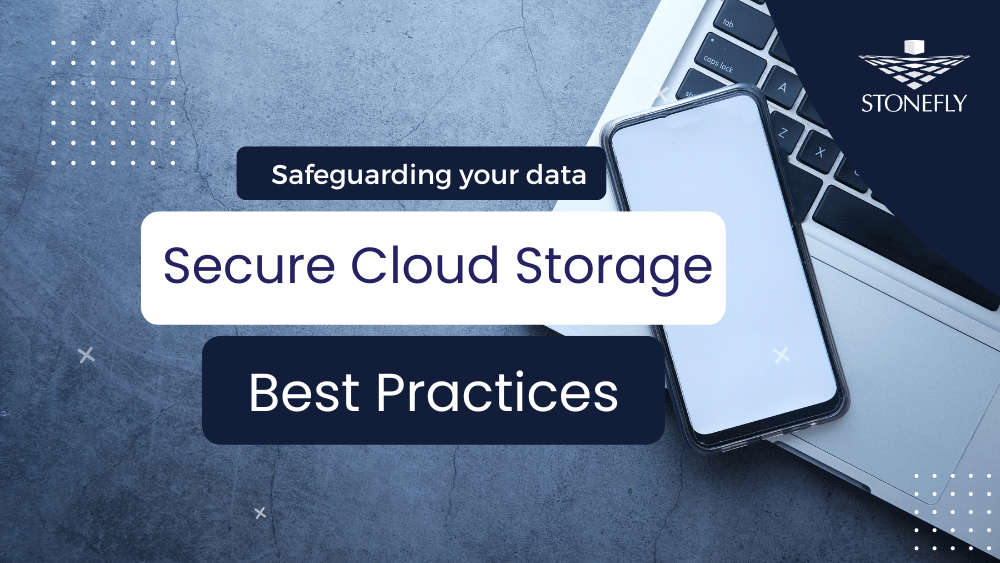Many recent studies are pointing in one direction: the cloud revolution is underway and will be aggressively invested in and acquired in the coming years. This means that there are two types of enterprises.
Enterprises that are already using cloud based services and enterprises that are planning to acquire it. The latter kind of enterprises need to speed up the cloud
acquisition process because the cloud adds value to data. If they continue to delay the inevitable, they will soon be following their competition; instead of
rivaling them side by side.
Why acquire multi-cloud backup?
If you are an enterprise that’s already using a cloud backup solution, then you are probably thinking: why do we need another cloud? It’s similar to the concept of two-factor authentication. It simply adds another layer of reliability and allows you to gain access to innovative solutions without having to worry about vendor lock in. Can you imagine the repercussions if you lost data despite having a backup cloud? Let’s say the service provider’s data center was hit by a disaster or had to endure a localized incident that resulted in the loss of your data or downtime; either way, it won’t be pretty for your enterprise.
You may chalk this to up to paranoid ramblings but did you know that recently Microsoft experienced downtime because of a malfunction in the fire alarm system? Even with the billions of dollars of investment and world renowned protocols, Microsoft wasn’t impervious to such incidents.
Reliability is not the only reason to acquire more than one cloud to back up your data. Another reason is to acquire services and solutions that are suitable to your requirements.
Secure, Suitable Backup Solutions
Consider an enterprise with their own backup appliances. This enterprise uses the local infrastructure to backup their high frequency access data and they have to meet industry regulations to archive data. Data archiving in local infrastructure is inefficient and weighs heavily on the budget. So this enterprise can acquire Amazon
Glacier to archive their data. If the enterprise also has confidential data then they can utilize Microsoft Azure Confidential Computing.
Ideally, this is the best case scenario. However, even industry giants like Microsoft, Amazon, Google etc. utilize lock-in strategies. You can acquire Microsoft’s services but you cannot migrate or replicate your data from Microsoft to Amazon or Google; and the same applies to the other two. This constitutes a fundamental problem. Even though multi-cloud solutions are ideal, their acquisition is complex; unless you use StoneFly’s cloud gateway appliances that facilitate acquisition of multiple clouds and more.
Among StoneFly’s range of products, you can acquire the SCVM (Storage Concentrator Virtual Machine). This virtual storage appliance enables you to gain access to multiple clouds and use them simultaneously.
Another reason to acquire multi-cloud solution is for the development of an efficient backup and disaster recovery plan.
Get the Backup Appliance & the Private Cloud Follows
The additional benefit for acquiring StoneFly’s appliances is that apart from gaining access to multiple public clouds, you also gain access to StoneFly’s private cloud. If you’re an enterprise that simply cannot tolerate data disruption, then using StoneFly’s cloud you can acquire failover services. In a disaster situation, you can instantly failover to the replicated system on StoneFly’s cloud and continue your operations while your primary system is recovered. This ensures that the efficiency of your operations remains unhindered and the probability of data loss is effectively reduced.
The utilization of a private cloud for failover services is a crucial element of an effective disaster recovery plan. When devising their DR plans, enterprises should evaluate the value of their data before choosing whether or not to acquire it.
